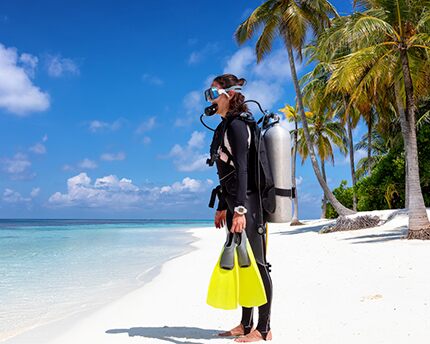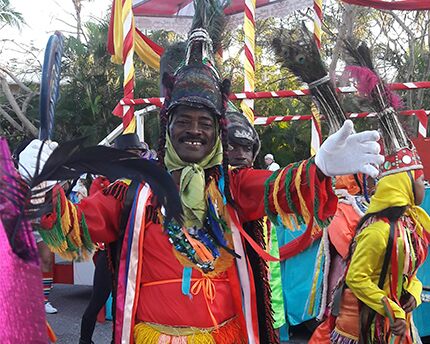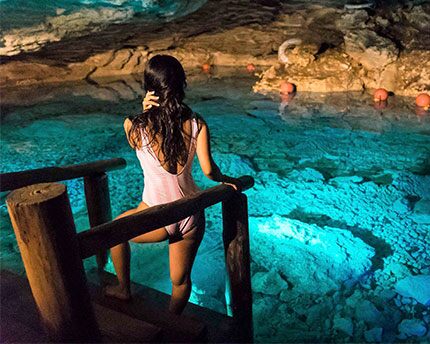Dominican Carnival, an ode to this nation’s freedom
The islanders’ kind and cheerful essence is showcased every february
On Sundays in February, the country’s residents vivaciously go out into the street (in their own town or in nearby villages), wearing masks, costumes, bright dresses and plenty of joy, to watch the parades.
The biggest Dominican Carnival parade can be found in the capital, Santo Domingo, usually the last Sunday in February and along George Washington Avenue by the malecón esplanade, although the main spot for most events, filled with rejoicing, color and bursts of music and flavors, is Enriquillo Park.
All the troupes from the various sectors participate in one of the city’s most important traditions, each one vying to be more creative and fun.
In Punta Cana, the biggest Carnival festival takes place on the second Saturday in March along the main avenue, 5 de Noviembre, located in front of the international airport in an area that has been transformed as a setting for parties, music and colors.
Dominican Carnival is celebrated throughout the country, and every city, village and town on the island, regardless of its size, takes part in this great festival.
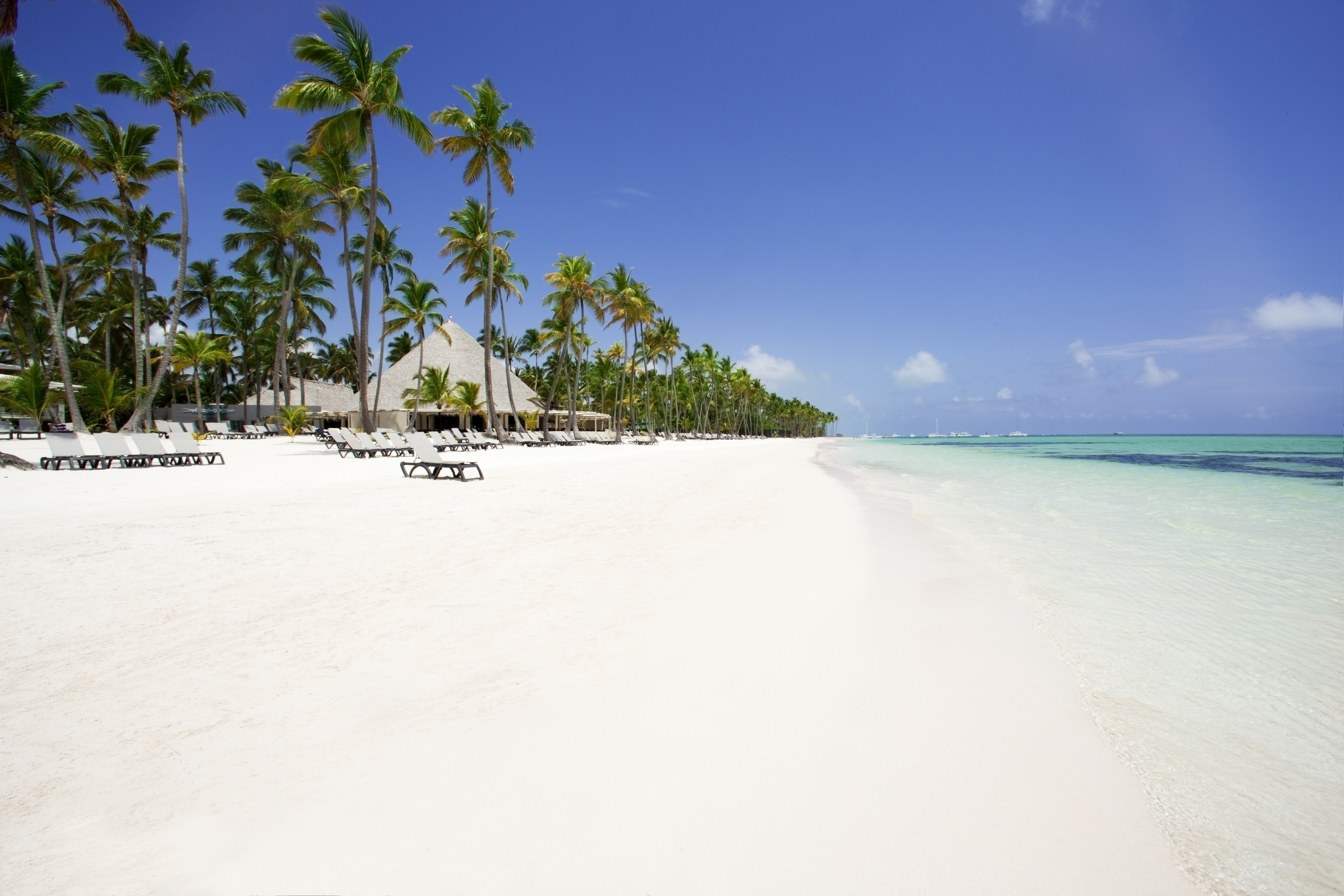


Dominican Republic
Barceló Bávaro Beach - Adults only - All Inclusive
- On one of the 10 best beaches in the world
- Four buffet options
- Access to the entire complex
- Top honeymoon destination
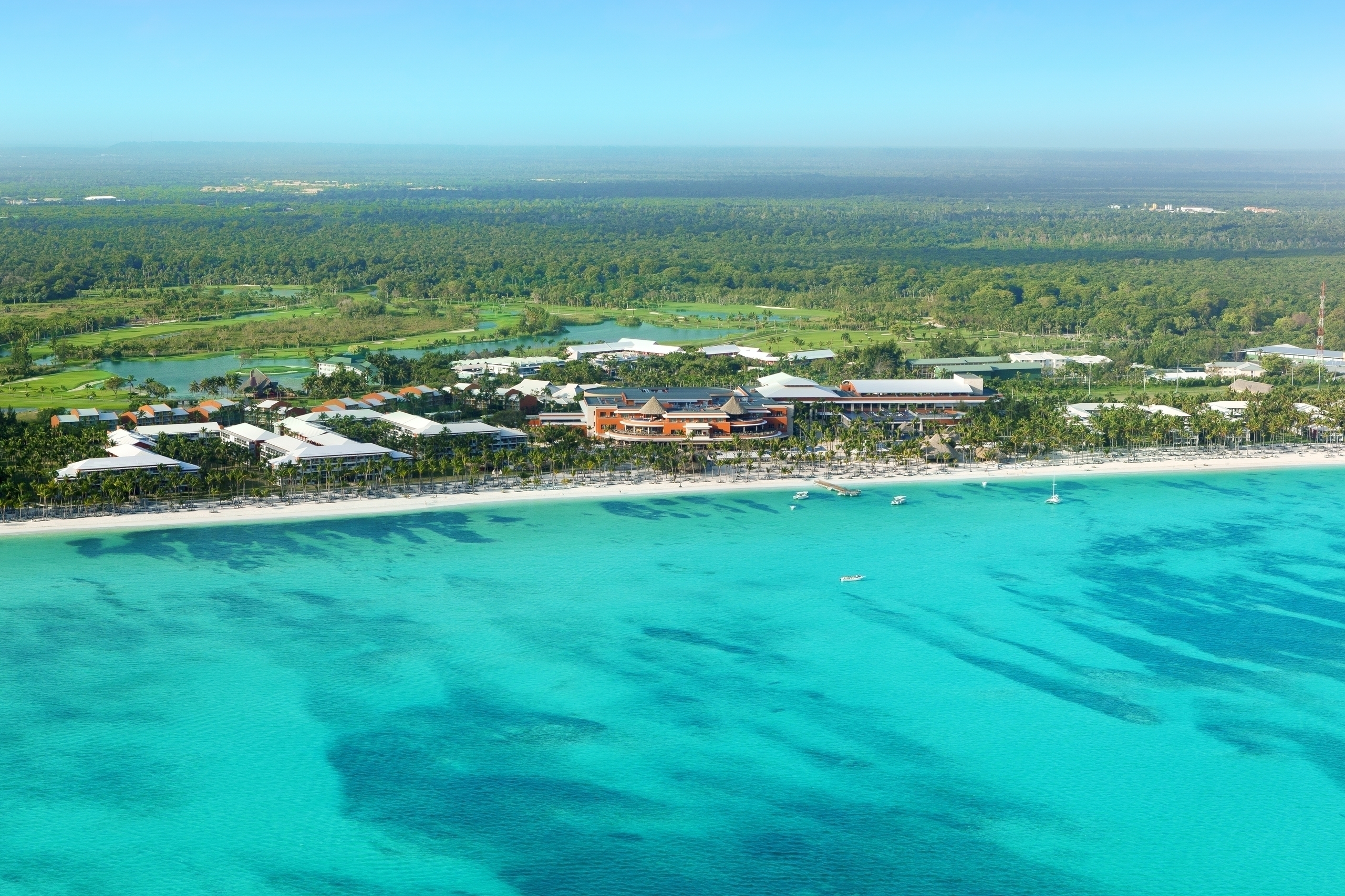


Dominican Republic
Barceló Bávaro Palace - All Inclusive
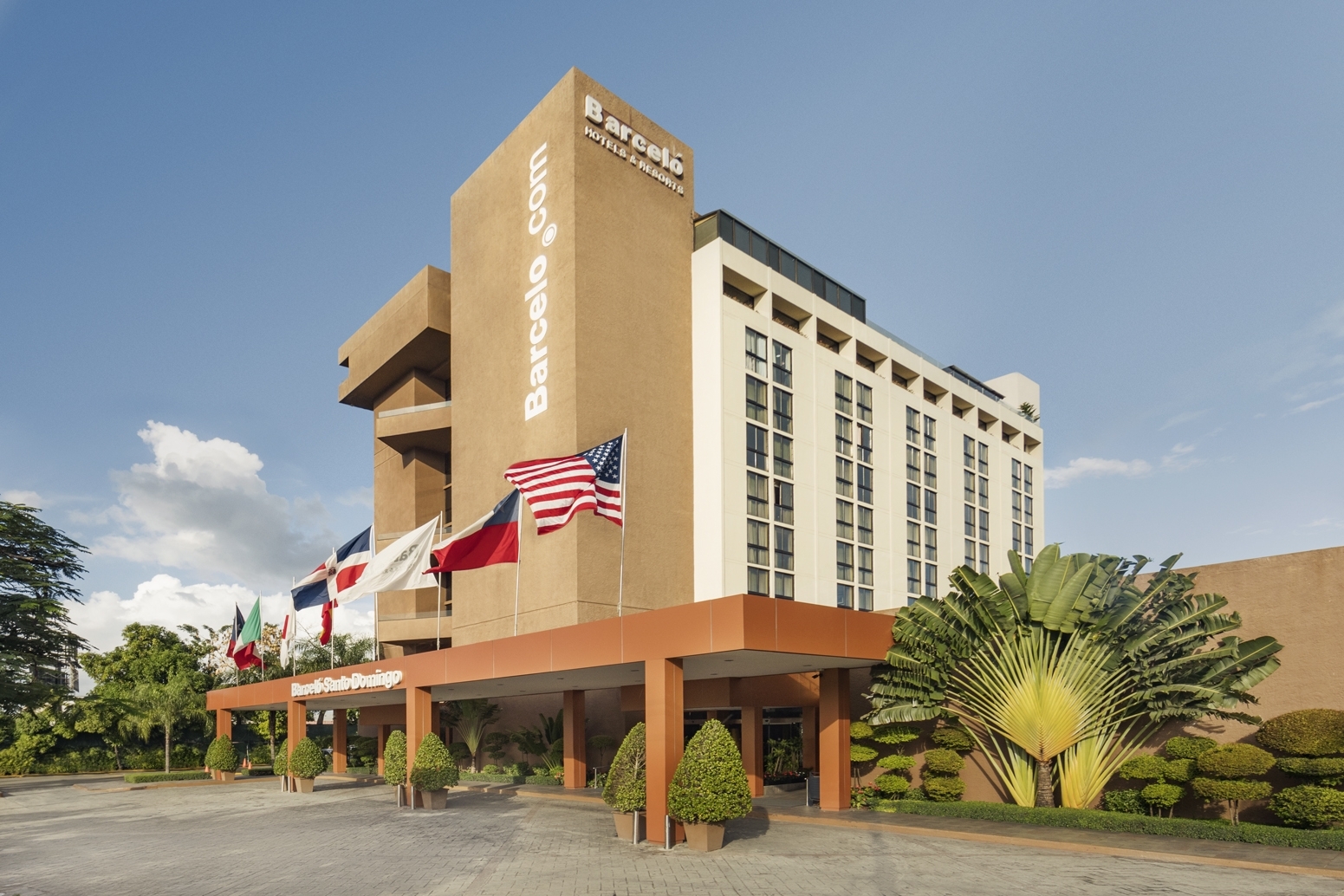


Dominican Republic
Barceló Santo Domingo
- Excellent location in the heart of the city
- Kyoto restaurant, authentic Japanese cuisine
- Convention and meeting centre
- Trips and excursions service



Dominican Republic
El Embajador, a Royal Hideaway Hotel
- Luxurious and Elegant Rooms
- Excellence in personalized services
- 3,000 m² of meeting and event rooms
- 12,000 m² of tropical gardens and green areas
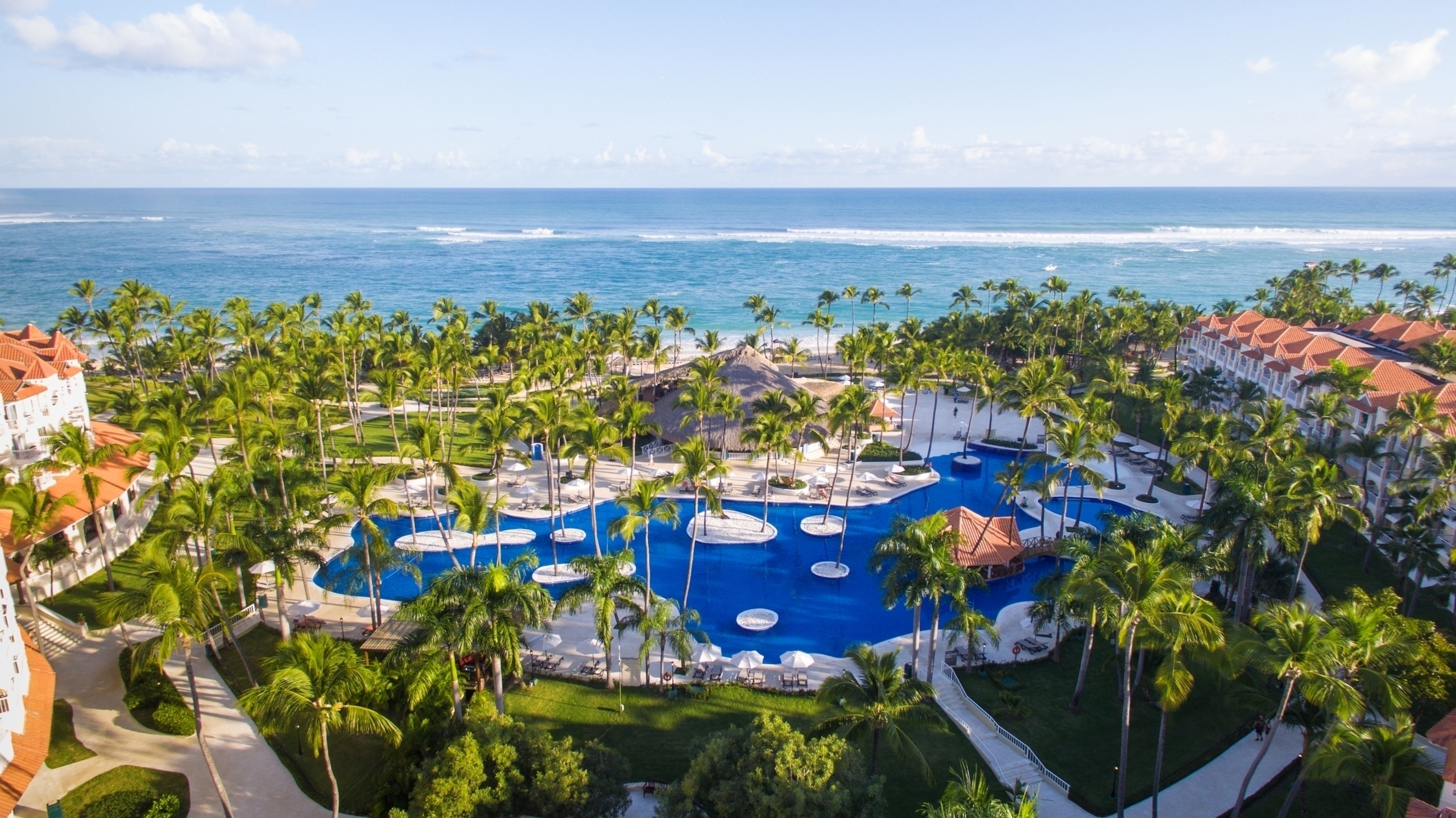


Dominican Republic
Occidental Caribe - All Inclusive
- In front of the beach of fine white sand
- Kids Club and Water Park
- 7 restaurants with exquisite gastronomy
- Free Wi-Fi
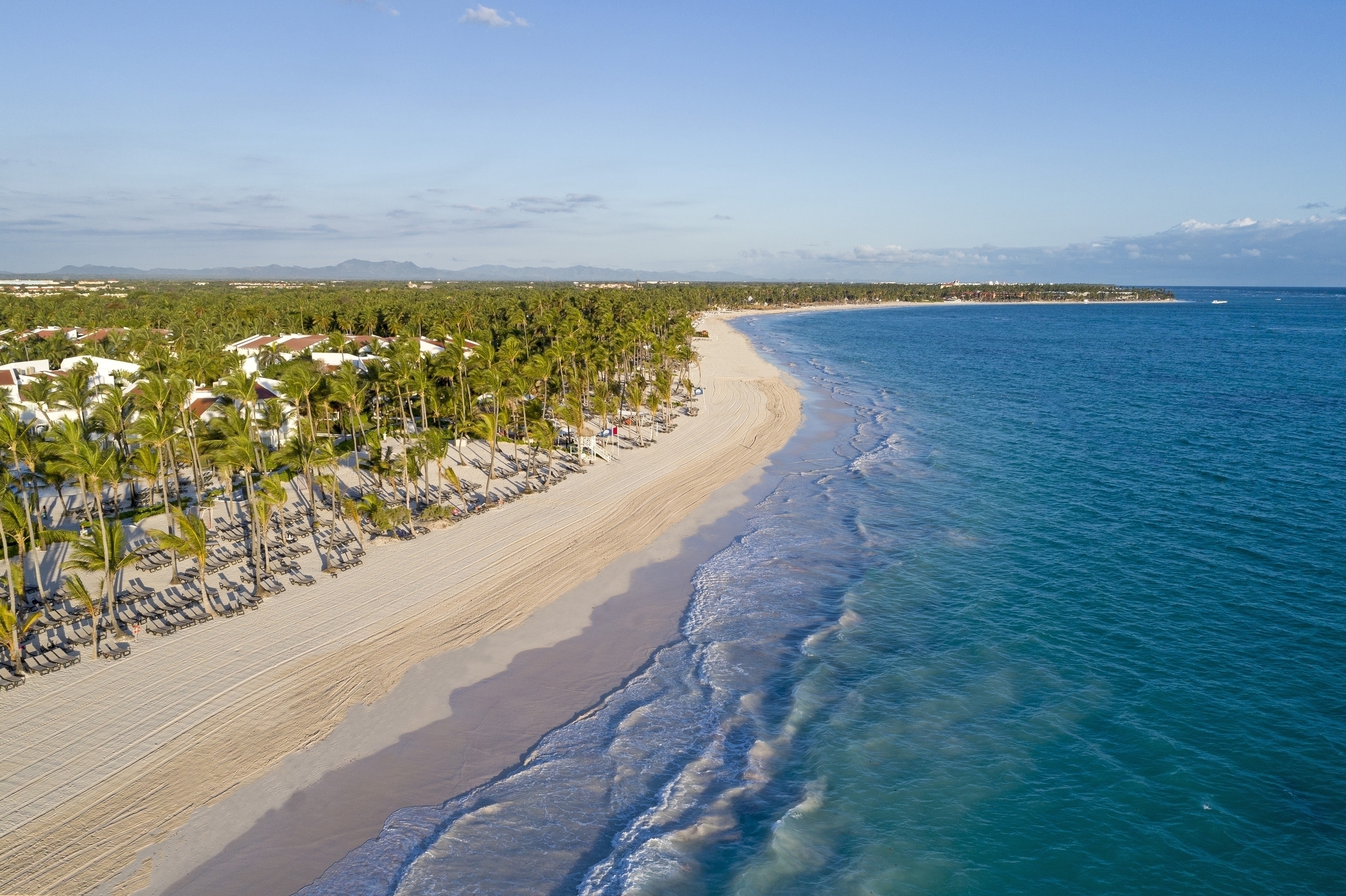


Dominican Republic
Occidental Punta Cana - All Inclusive
- Exclusive Royal Level service and facilities
- 11 restaurants with a wide gastronomic variety
- 300 meters of fine white sand
- Free Wi-Fi
Some historians trace back Dominican Carnival to 1520, during the Spanish colonial era, although certain studies have found that the earliest events linked to Carnival in the Dominican Republic may have taken place during a visit by Fray Bartolomé de las Casas, in which settlers dressed up as Moors and Christians.
Like in most countries that were colonized by Spain, Dominican Carnival is held right before Lent, which is a time for penance and to prepare for the Passion of Jesus. However, in this country, it has a very special nuance that also links the festivity to the date of its independence from Haiti, February 27, 1844, so the entire month of February, and even the first few days of March, are filled with music and colors.
Unlike other countries, the Dominican Republic ended its ties with Spain in a friendly manner, through peaceful transactions, but it was unexpectedly invaded by its neighboring country, Haiti, which tried to wipe out the language and customs of Dominicans, along with everything that formed part of its essence, including Carnival.
In fact, the Dominican Republic was occupied by Haiti for 22 years, and the tradition of wearing costumes during religious celebrations was forbidden. This was later reversed when the country gained its independence, and these types of garments, that include masks, broke their ties to religion and evolved into Carnival.
For this reason, February has become a celebration of freedom, popular culture and the joyful essence of Dominicans, with their dances and Carnival.
Countless colors, dances and costumes represent Dominican carnival
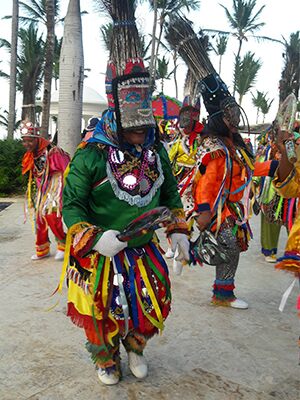

Mujer disfrazada en el Carnaval Dominicano.
Dominicans celebrate their Carnival by wearing an array of bright costumes of unique characters, each with its own meaning based on the nation’s folklore. Diablo Cojuelo (limping devil)—a Spanish legacy sometimes known by other names, depending on the region—is the most important.
In Dominican Carnival, Diablo Cojuelo emerges from its “cave” every Sunday in February, wearing a bright costume that is a true work of art and includes rattles, jingles, small mirrors, ribbons, and a cow bell, topped with a long-horned mask.
One of the interesting features about the limping devil is that it carries a whip made of a cow’s inflated bladder, dried and cured, which it uses to hit distracted revelers in the rear.
Another famous character in the Dominican Republic’s Carnival is Roba la Gallina (chicken thief), which can be found throughout the country and whose roots can be traced to the Haitian occupation, when people who were caught stealing chickens were covered in feathers and forced to appear in public.
Roba la Gallina is typically a man dressed as a woman, with exaggerated features: a colorful, flamboyant dress; exaggerated breasts and buttocks; a parasol; and a large handbag symbolizing where the stolen chicken would be hidden. As they make their way down the street, they sing and ask young people to follow.
Although numerous Dominican Carnival characters are commonplace throughout the country, others can only be found in certain regions, such as Lechones in Santiago, a version of Diablo Cojuelo that tries to keep order in the streets by cracking a whip in the air.
The Lechones mask for Carnival in Santiago is shaped like a pig’s face, with a thin snout and long horns, and the costume has small bells, mirrors and bowls, along with a tail that can be worn loose or wrapped around the body.
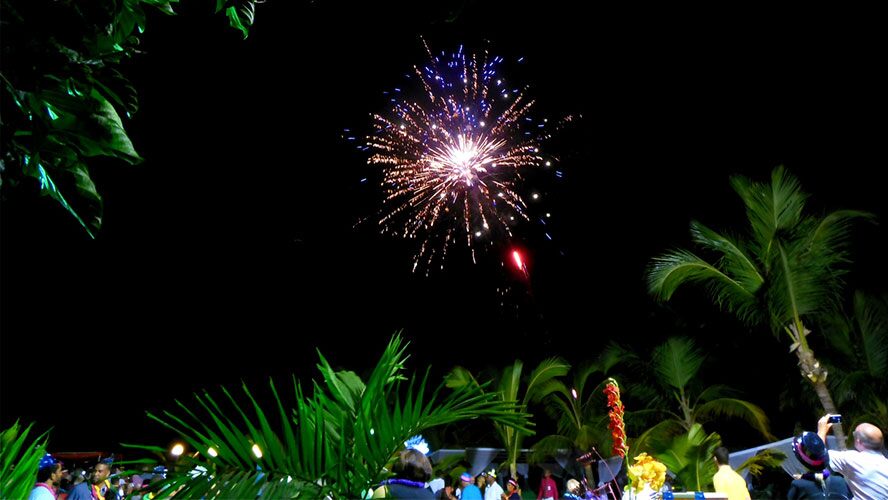

Carnaval Dominicano
The main characters in the Dominican Republic’s Carnival at Puerto Plata, located along the country’s north coast bathed by the Atlantic, are Taimáscaros, another version of the Diablo Cojuelo. They pay tribute to the earliest Taino people in the Dominican Republic and the costumes are made using natural elements that are extremely valuable because they consist of recycled handicrafts.
Wearing their garb, Taimáscaros mix Taino elements with inspiration from Spain and African deities, resulting in a multicultural creation.
In San Pedro de Macorís, located in southeastern Dominican Republic, Guloyas liven up the country’s Carnival as a reminder of the English-speaking Afro-descendants of other Caribbean islands who in the 20th century arrived to work in the sugar industry.
Wearing tall hats elaborately decorated with feathers and colors, paired with beaded costumes, Guloyas fill the Dominican Carnival with their music and dances of African influence, called Cocolo, which in 2005 was proclaimed by UNESCO an Intangible Cultural Heritage of Humanity.
In Barahona, a city in southwest Dominican Republic, the rebellion of Dominican Carnival arrives in the form of Pintaos, reminiscent of the runaway slaves who sought refuge in the 16th century. These characters paint their entire body, from head to toes, in various colors, with only a small piece of cloth to cover their modesty.
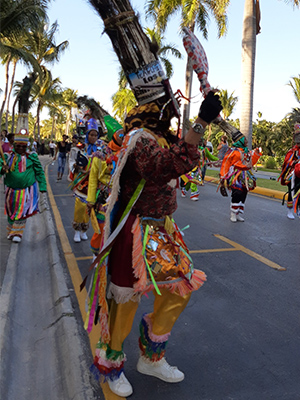

Hombre disfrazado en el Carnaval Dominicano
Pintaos first appeared in the Dominican Carnival in 1997, but since then, they have earned numerous awards.
Other characters that symbolize slaves—in this case African—in the Dominican Republic’s Carnival festivities are Tiznaos, who participate by dancing in troupes and catwalks, their bodies painted with coal and burnt car oil.
Dominican Carnival also has Far Eastern influences in the form of Ali Babas and their loose costumes with bright colors, as they dance rehearsed choreographies to the beat of a drum.
Every inch of the island exudes the magic and colors of Dominican Carnival
Dominican Carnival is a national holiday for everyone. It brings popular culture and identity together into a single voice, but this does not mean that the celebrations are the same throughout the country. Many cities and towns have their own way of conveying their excitement and joy for freedom.
The all-inclusive resorts in Santo Domingo and Punta Cana put together a parade for guests staying with them and offer Carnival-themed dance performances in their theaters.
Carnival in La Vega, a city in the northern heart of the Dominican Republic, is one of the most important in the country and the Caribbean. Although it dates back to 1520, it didn’t become a local tradition until 1947, and 30 years later it was officially classified as part of the nation’s folklore heritage.
The Vegan Carnival Union was established in 1983 to organize and protect the values of this festivity that has unique elements, such as elaborate masks with movable jaws or wide pants that taper around the ankle.
The Santiago Carnival is renowned across the Dominican Republic and abroad, and it is held every Sunday in February, regardless of the dates for Lent. In its early years, this festival was divided according to social class, with celebrations taking place in social clubs for higher incomes and in the street for working-class neighborhoods, particularly in Los Pepines and La Joya, and later in Pueblo Nuevo.



Dominican Republic
Barceló Bávaro Beach - Adults only - All Inclusive
- On one of the 10 best beaches in the world
- Four buffet options
- Access to the entire complex
- Top honeymoon destination



Dominican Republic
Barceló Bávaro Palace - All Inclusive



Dominican Republic
Barceló Santo Domingo
- Excellent location in the heart of the city
- Kyoto restaurant, authentic Japanese cuisine
- Convention and meeting centre
- Trips and excursions service



Dominican Republic
El Embajador, a Royal Hideaway Hotel
- Luxurious and Elegant Rooms
- Excellence in personalized services
- 3,000 m² of meeting and event rooms
- 12,000 m² of tropical gardens and green areas



Dominican Republic
Occidental Caribe - All Inclusive
- In front of the beach of fine white sand
- Kids Club and Water Park
- 7 restaurants with exquisite gastronomy
- Free Wi-Fi



Dominican Republic
Occidental Punta Cana - All Inclusive
- Exclusive Royal Level service and facilities
- 11 restaurants with a wide gastronomic variety
- 300 meters of fine white sand
- Free Wi-Fi
Related plans

Bávaro Adventure Park: maximum adrenaline in Punta Cana
